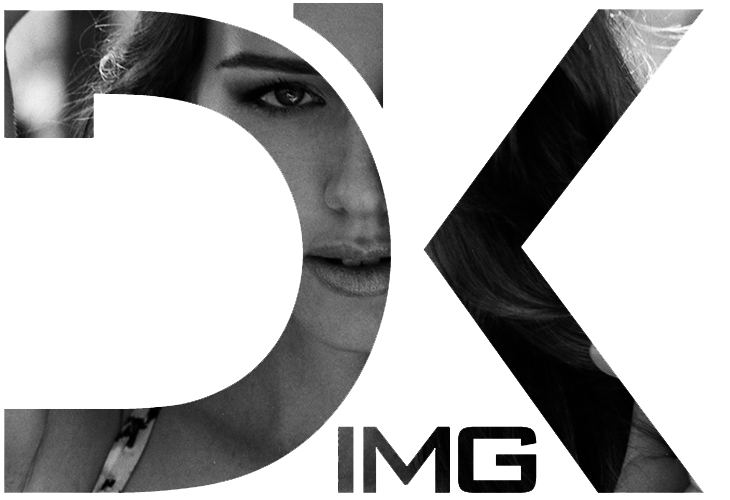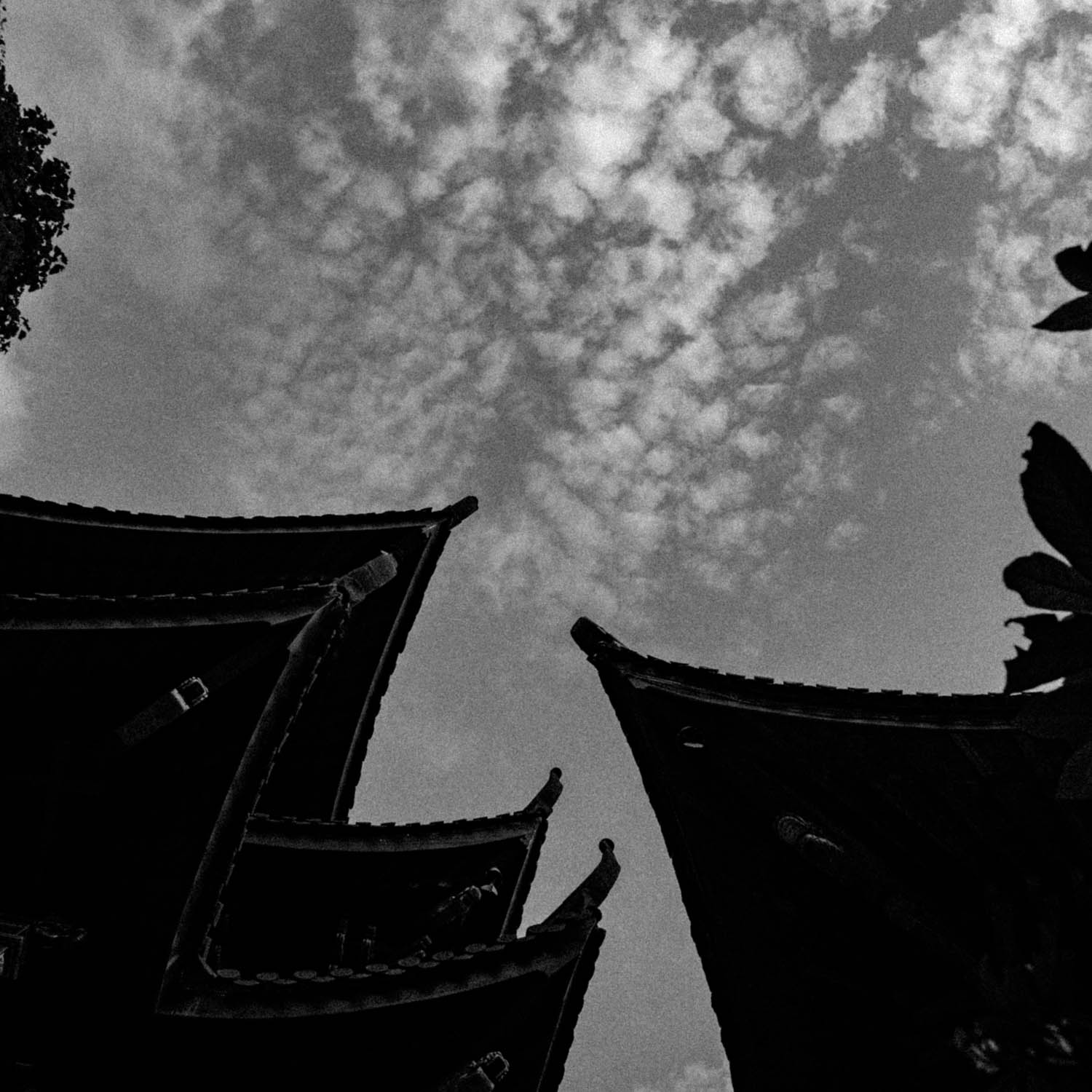If you’re ever wanting to get into film photography but you’re completely unsure where to start, this blog post will definitely help you get started and into a good direction. The goal of this post is to get you started in the direction needed to achieve some images onto your first negative using the most common format of 35mm film. Some of the cameras and film stocks I’ll recommend will maximize the number of images you can get, as well as, giving you some flexibility and less marginal of error while exposing your film. But before I jump into the type of cameras and film stock to choose from, I do want to address a couple of ideas or principles about film photography, just so you have a better understanding of this medium of choice. Granted this post will give you some good information to get you started, I do always recommend doing more research and watching content online to further expand your knowledge, and get other perspectives from other creatives. This is of course my personal recommendation of cameras and film stocks to go with as you start because the film photography world is very big and you can easily stumbled upon a lot of different equipment and films, and it can be very confusing and troublesome. But without a doubt, I hope this post and my first episode of the Tog and Log Podcast covers some key things you’ll need to know before taking your first images using film as the medium. Keep in mind though, Throughout many sources online from photography and camera forums to YouTube content creation, there has been a plethora of comparisons between film and digital photography. Now, I want to note that I don’t personally have any issues comparing the two mediums as this can surely help relate one topic or element of photography to another; but at times there’s some comparisons or topics of debate which consider “the fact” that one medium is completely better than the other. This arises a lot of heated controversial issues which doesn’t need to bleed into creative art in itself; though, I want to make point of this in the beginning because film photography as a medium has a lot of elements and components which can make a “technically perfect” image, and if you don’t necessarily invest in the right equipment, time to understand the medium and techniques, then you won’t achieve a certain look or sharpness (which seems to be the common denominator of a good image), resolution, and tonality. Granted to some artist, this is really important and I won’t discourage you as well if this is the end goal of your photography; however, I want to make note that what I’m going to share (cameras, lenses, film, etc.) in the beginning procedure of getting your first images may not give you the sharpest images or best resolution, but getting you to have a successful negative with near proper exposed images. Understanding the foundation and basics of capturing images are necessary as this carries through each film format (35mm, 120, large format) you use.
Just to quickly cover film photography process of creating your final image or print, you need to understand that there’s three main entity’s towards creating your final output: proper exposing, developing, and printing (or scanning for digital output). Within these three main entities, you have a the choice(s) of making specific decisions and how these choices resolve the final look of your image. How you expose your film to the type of developer you use and how you expose your prints can dramatically affect the looks such as a properly exposed image to contrasty or flat look. All-in-all, it’s really depends on what you’re trying to achieve and when you understand the process of film as its medium and use of the materials along the three main processes, this will help you achieve the best outcome of your final output. If you know during one of these processes that you’ve made some minor mistake (as I always encourage to take notes and make note of what you’re doing), you can adjust or tweak your approach towards the next phase to ‘correct’ the mistake. That being said, whichever medium you choose to use, it takes time to explore the medium and the tools which are used.
That being said I do want to address that making mistake(s) and “happy mistakes” as you’re learning film photography will happen, it doesn’t matter how familiar or new you are in the process. Surely film photography will have it successes; however, you’re bound to make many mistakes. And one thing I want to address before getting into selecting cameras and film stocks is the fact that you will make mistakes and don’t be discouraged from not continuing using the medium because of a mistake or few mistakes. Film photography alone has a-lot of steps which needs to be noted and practiced religiously so you can produce a image on a negative. From loading the film correctly into said camera, and making sure the film is exposed properly to proper development can surely give you exposed images on a negative. And if you continue to explore the other formats of film photography, you’ll continue to learn and understand that each camera you use will be similar and different in its way of loading film or exposing the image. It’s always best to research the camera you use and how to properly use it or the basics of that camera so you can eliminate any mistake(s) of creating an image during the exposure process. As I always mention to anyone whose new to the film photography medium is to understand that the beginning ten to twenty rolls of film you expose can be difficult. There can be a learning curve depending on how well you grasp the process, but the more aware of each step can only help you create better habits for the future.
This leads to the last principle which is patience. Patience is necessary during your creative journey as an artist. No matter what medium you decide to go with, you have to look at it in the long run, as a marathon and not as a short term outlook. Unless you’re wanting to try a medium once to get a taste, a medium in as itself takes years of practice and decades to finesse your style and technique. With film photography as a specific medium of choice, you’re bound to develop a certain look when you manage to stick it through. As you get familiar with the medium, the materials, the tools, and techniques, you’ll soon see how you can adjust each step of the process to achieve the look you want to develop and surely have consistent outcomes of your imagery. However, the journey is not always perfect and by this alone, you will manage to make many mistakes along the way.


